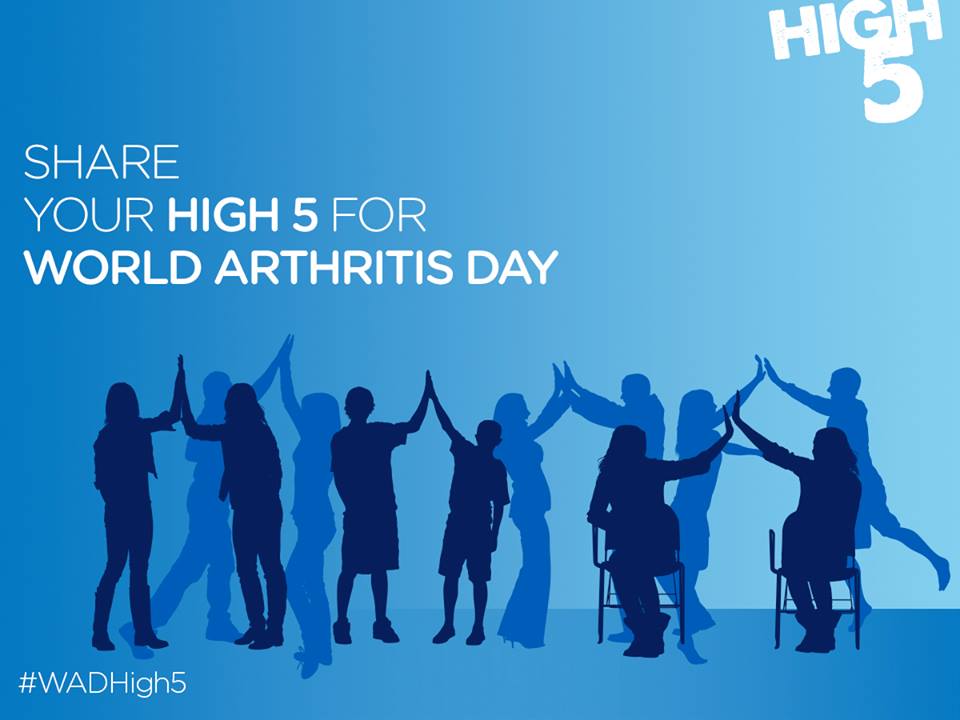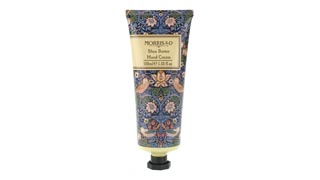What is Polymyalgia Rheumatica (PMR)
What is PMR?
Polymyalgia Rheumatica (PMR) is an inflammatory disorder, which usually affects people over the age of 60
It may present very suddenly with pain and stiffness in the base of the neck, shoulders, buttocks and thighs
The pain is often much worse at night and first thing in the morning
The patient would classically describe having to “roll” out of bed in the morning because of the stiffness
The exact cause of the condition is unknown. It is associated with the same genetic type as rheumatoid arthritis and in rare situations, can actually be the first presentation of rheumatoid arthritis
Studies have demonstrated inflammation in the small blood vessels in this condition and there maybe inflammation of the shoulder and the hip joints
Women are 2-3 times more likely to develop Polymyalgia than men. It is also more common in white European women
Inflammation
As PMR is an inflammatory disorder, the condition can present with a feeling of unwellness, lethargy, night sweats and occasionally fever
The patient may feel flu-like and often low in mood, A low level of depression is not uncommon
Very rarely swelling of the wrists and knees can occur
Diagnosis
It is often the classical history outlined above that suggests the diagnosis in association with typical blood test changes
The blood tests used to measure the level of inflammation (ESR and CRP) are often high and these occur in association with a low level anaemia. (This is not an anaemia where the individual is iron deficient, but rather anaemia due to the inflammation and a failure to utilize iron in the bone marrow)
Occasionally, the white blood count can be elevated as well as there being a mild increase in liver tests
Giant Cell Arteritis
About 5% of patients with Polymyalgia Rheumatica will have an associated inflammation of blood vessels known as Temporal Arteritis
This means that the main arteries of the body become inflamed and there is a very rare danger that is can affect vision
This complication of Polymyalgia can occur either before or after the diagnosis of Polymyalgia has been made
Such patients with Temporal Arteritis are often treated in specialist hospital units
The patient would complain of blurred or double vision, or seeing a shadow across the visual field
Temporal Arteritis is associated with headaches over the temples, a tiredness and stiffness in the jaw on chewing food, or moving the tongue when eating
There can also be tenderness of the scalp, for example it could hurt to brush ones hair or touch the scalp
As there is a risk to sight, this complication of the disease is taken seriously and treated urgently
The diagnosis is proved by obtaining a small sample of the blood vessel from the temporal area (temporal artery biopsy)
This specimen is then looked at under the microscope to assess whether there is inflammation in the blood vessel wall
If a diagnosis of Temporal Arteritis is suspected, the patient will be started on a much higher dose of steroid usually between 40-60mg of prednisolone daily
They will also be commenced on bone protection treatment, protection against gastric ulcers and also possibly methotrexate
Treatment of PMR
Corticosteroids (Prednisolone) is the main treatment and this drug is needed in about 95% of people
The Prednisolone is usually given at a starting dose of 12.5 to 15mg daily. This is taken all at once, first thing in the morning
A very small percentage of people can manage with an anti-inflammatory alone, such as naproxen
Anti-inflammatories however are not generally optimal or safe drugs in older people, because of the associated side-effects of gastric ulcers and kidney problems
If the Polymyalgia Rheumatica is difficult to control or seems to require more than 15mg of prednisolone to achieve remission, then the disease modifying anti-rheumatic drugs (DMARDS) may be helpful
Examples of such drugs are methotrexate and azathioprine. These particular drugs need regular blood test monitoring in order to assess for side-effects
Steroids
Steroids are a safe option with the advantage that they work extremely quickly. Within 48 to 72 hours the pain and stiffness are markedly improved
Steroids can have side-effects and therefore it is important to stick to the exact dose that the doctor prescribes
Individuals usually need to be on the steroids for between 2 to 5 years
During this time the dose of steroid will be very cautiously reduced.
It is a mistake to hasten the rate of steroid withdrawal as this may be associated with “flare-ups”. If a patient flares then the dose of steroid will need to be increased
It is advisable to not stop taking steroids suddenly as this could be dangerous
Patients will be encouraged to carry a “steroid card” with them at all times.
If the patient sees another health professional or has an accident, it is important to state that they are on steroids
The higher the dose of steroid the more likely is the development of side effects
The most common side effects include weight gain, a round face (Cushingoid appearance), easy bruising, stretch marks and thinning of the skin
Cataracts can also occur as well as an exacerbation of diabetes and osteoporosis. There is a higher incidence of infections such as shingles
The side effects can be reduced and prevented in some cases by the concomitant use of drugs for example omeprazole (Losec) or lansoprazole (Zoton) which can be used to reduce the toxicity on the stomach and prevent ulcers
If the blood pressure is elevated, this should be treated and the same applies to diabetes. The risk of osteoporosis is prevented by the use of calcium and vitamin D and also drugs such as the bisphosphonates. Examples of these drugs include alendronate or risedronate which are given on a weekly basis.
How can you help?
Keeping fit and active while on treatment is important, as this will help both moral, morning stiffness, protection against osteoporosis and general cardiovascular fitness. Eating a balanced diet with lots of fresh vegetables is important
As the steroids can cause weight gain it is important to not eat fatty foods and try not to eat between meal times
It is also advisable to stop smoking and to reduce the amount of alcohol
More information on Polymyalgia Rheumatica can be obtained from Arthritis Care
Dr Joel David FRCP is Consultant Rheumatologist at the Nuffield Orthopaedic Centre, University of Oxford. His website is: www.joeldavidrheumatology.co.uk
For further information or a private consultation contact -The Annexe: 01865-292883









